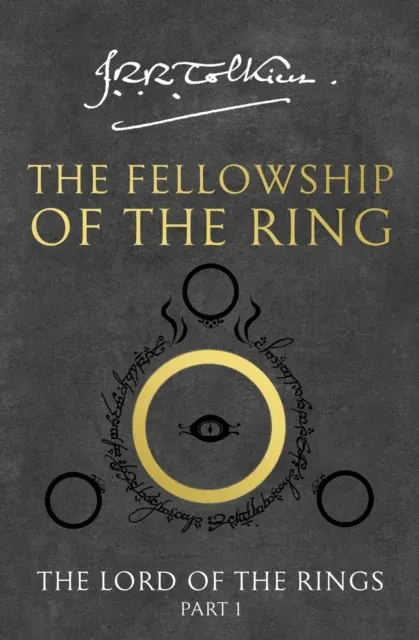Plagiarism and How to Avoid It

The definition of plagiarism is “to steal and pass off the ideas of another as one's own”. You can also say that plagiarism is fraud because it involves stealing someone else's writing and then saying it's yours.
For example, let's say you write a report on foxes, and you copy some ideas and words from the book on foxes and use it in your report. That would be counted as plagiarism unless you cite the book.
Another example of plagiarism is that you are writing the report on foxes, and you copy your friend's document word for word. That is also counted as plagiarism.
In fact, failing to put a quotation in quotation marks, citing a work improperly, changing words in a sentence but keeping the sentence structure, and having the majority of your work copied from a source (even though you cite the work) count as plagiarism.
Most of these cases can be avoided by properly citing your sources.
However, there are many more ways that you can plagiarize. Copying media from other websites is also counted as plagiarism, so is using footage from someone else to make a video, performing someone else's copyrighted music, and even composing a piece heavily inspired by someone else's music.
These cases can also be avoided by properly citing your sources or getting a license.
Works Cited:
What is Plagiarism. P.org, May 18, 2017, https://www.plagiarism.org/article/what-is-plagiarism.




